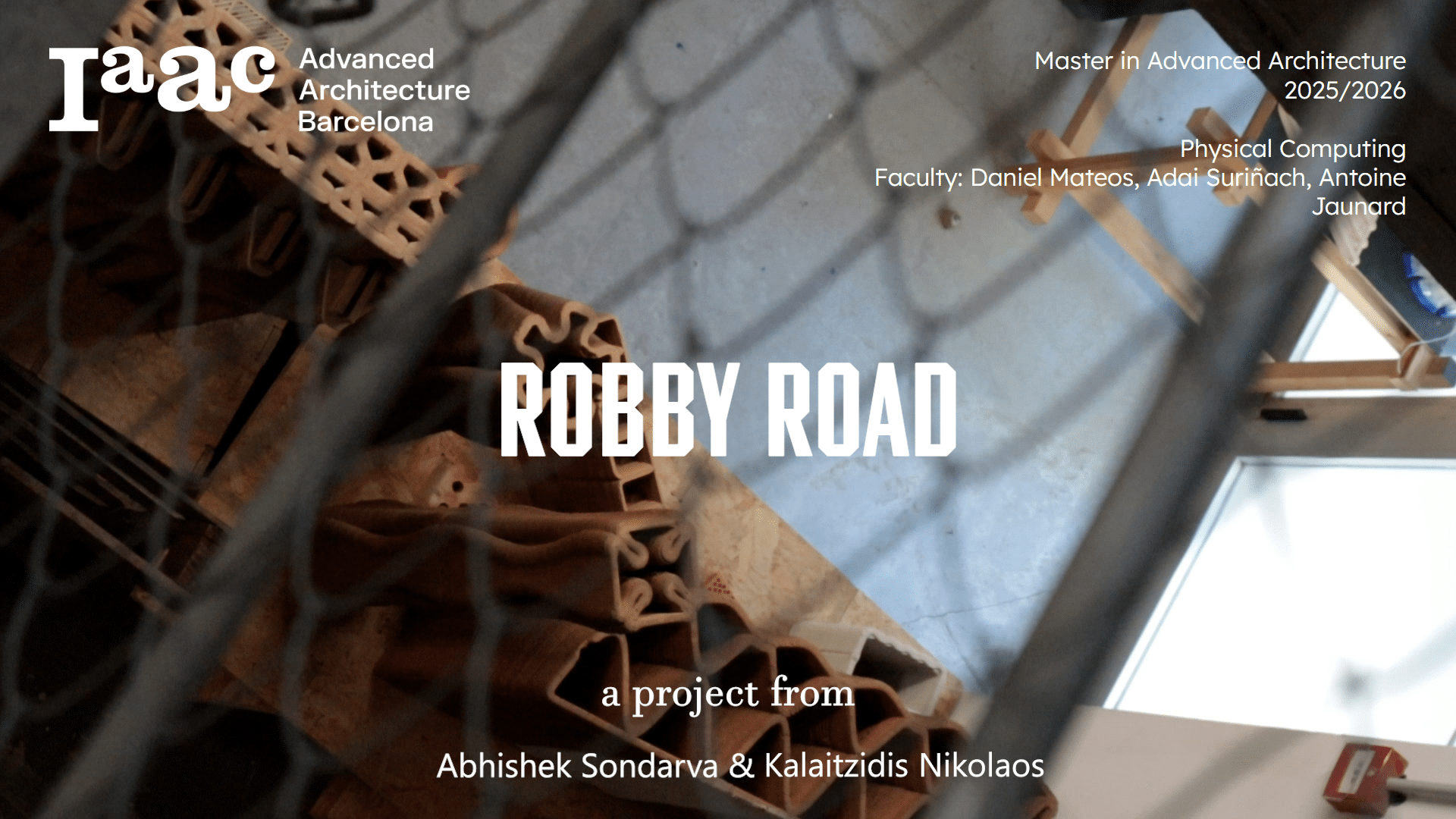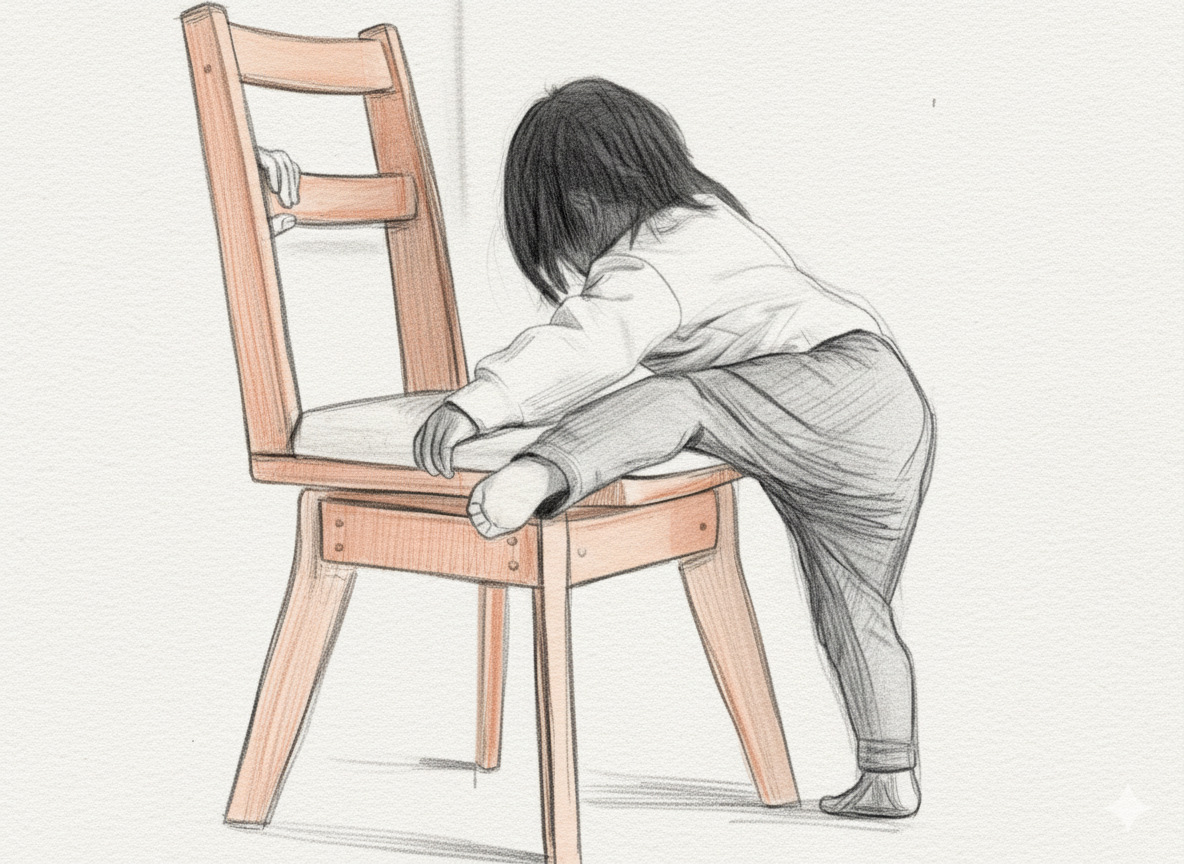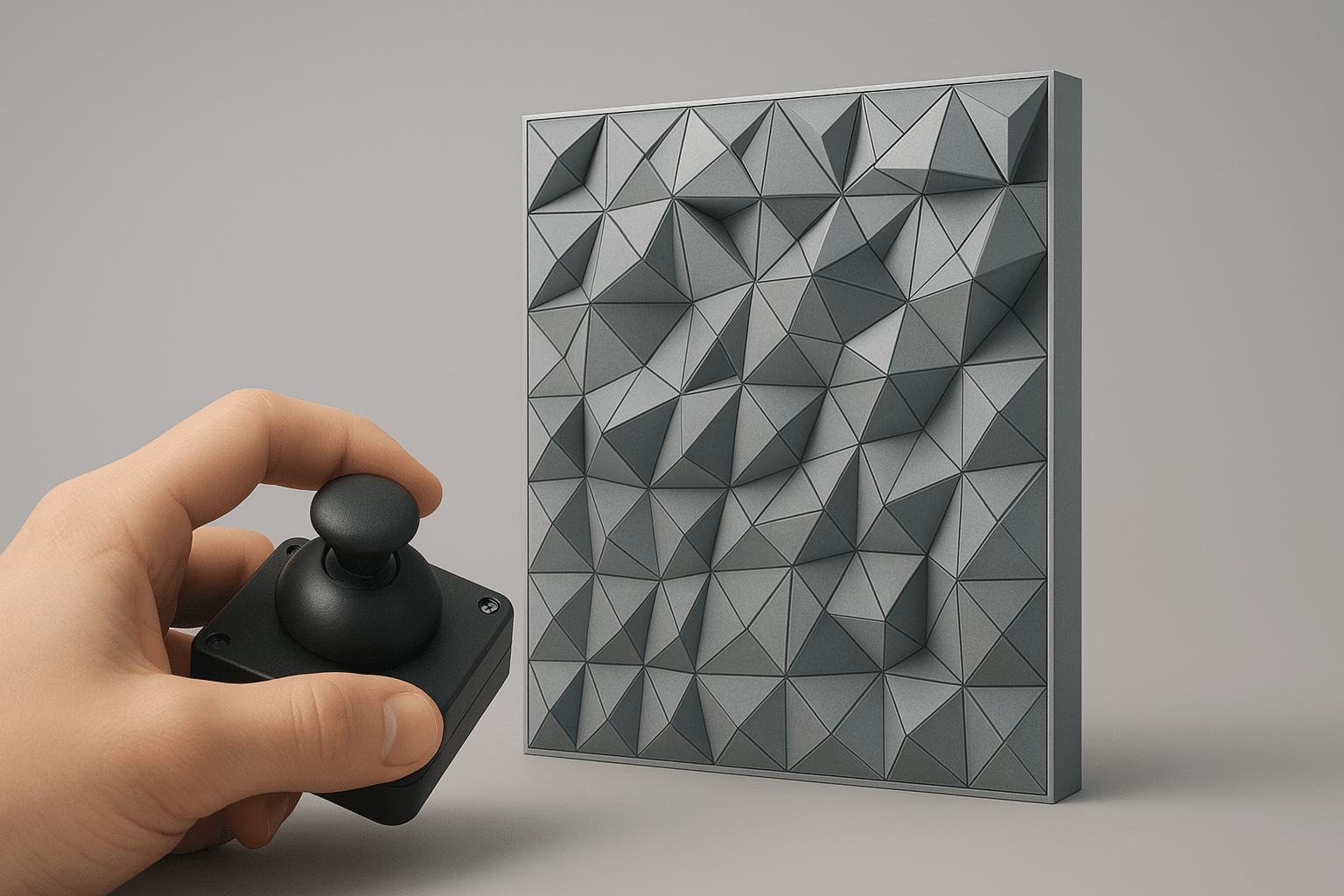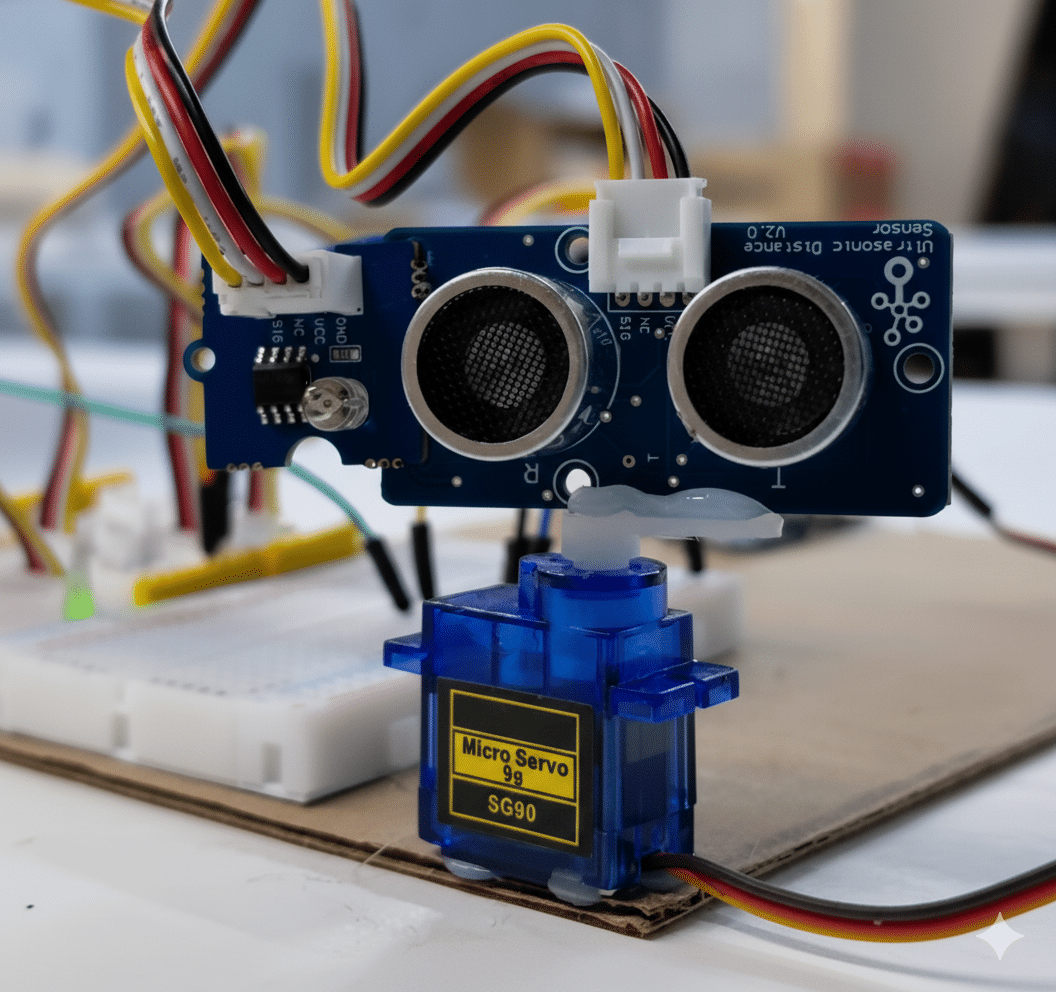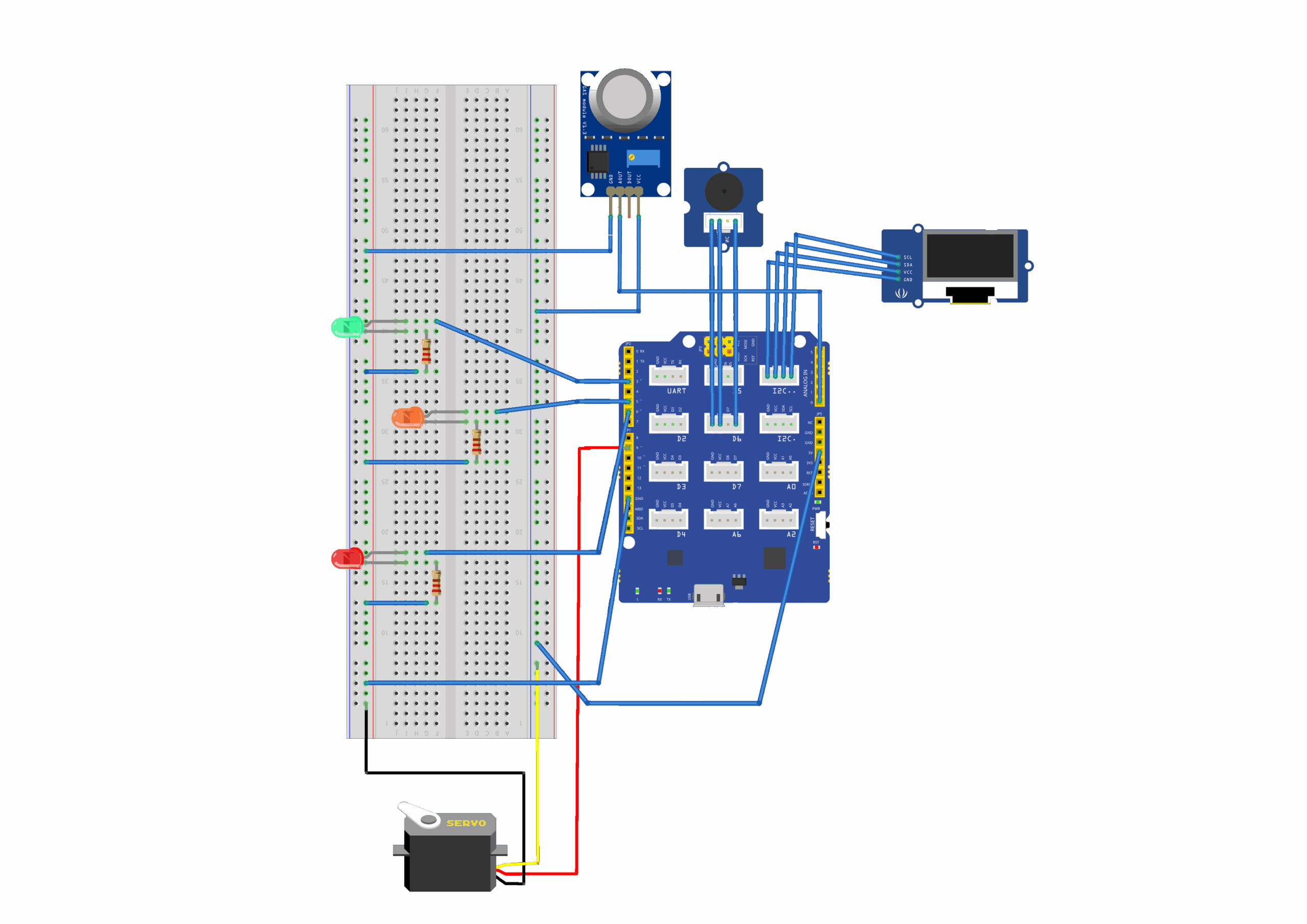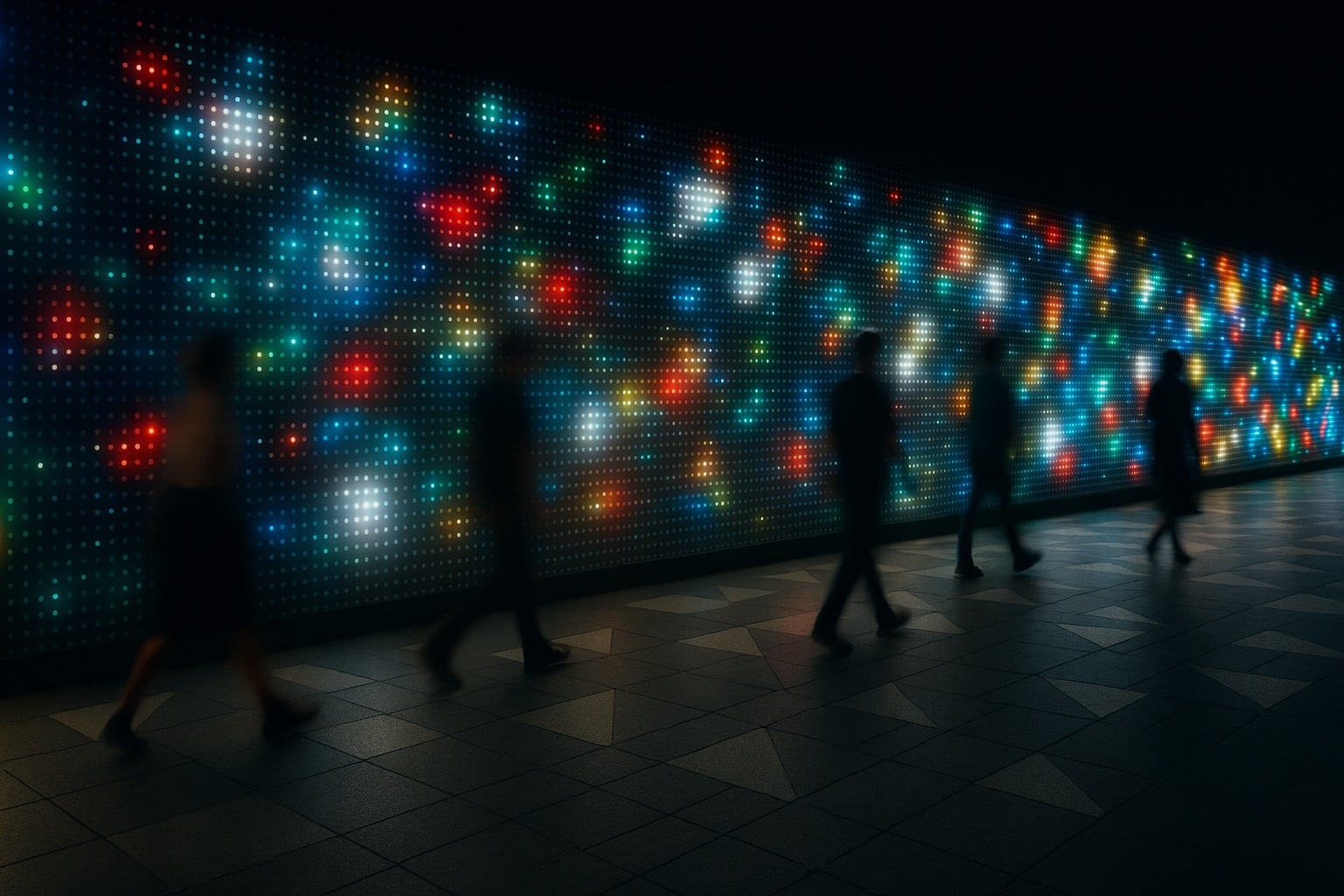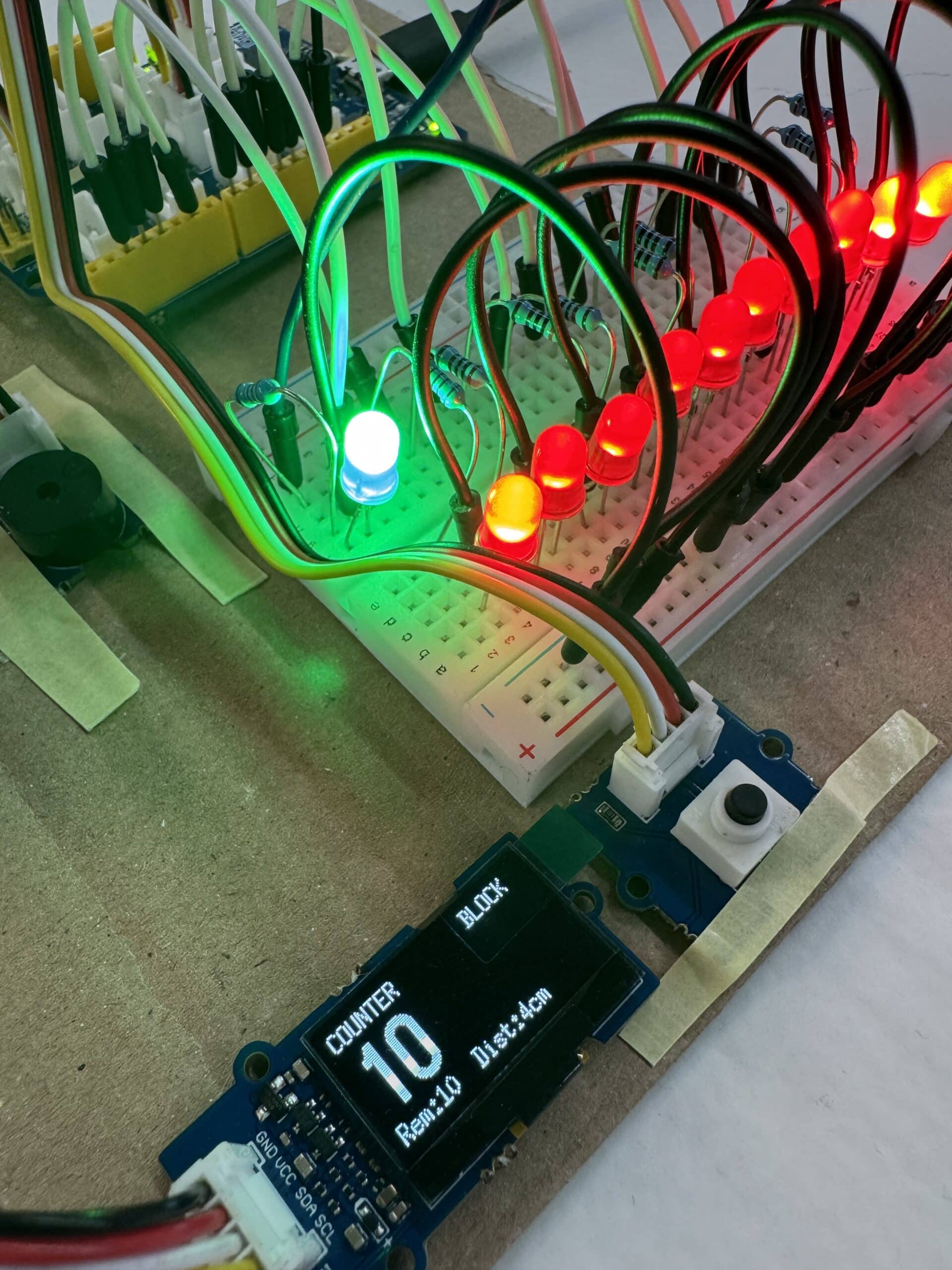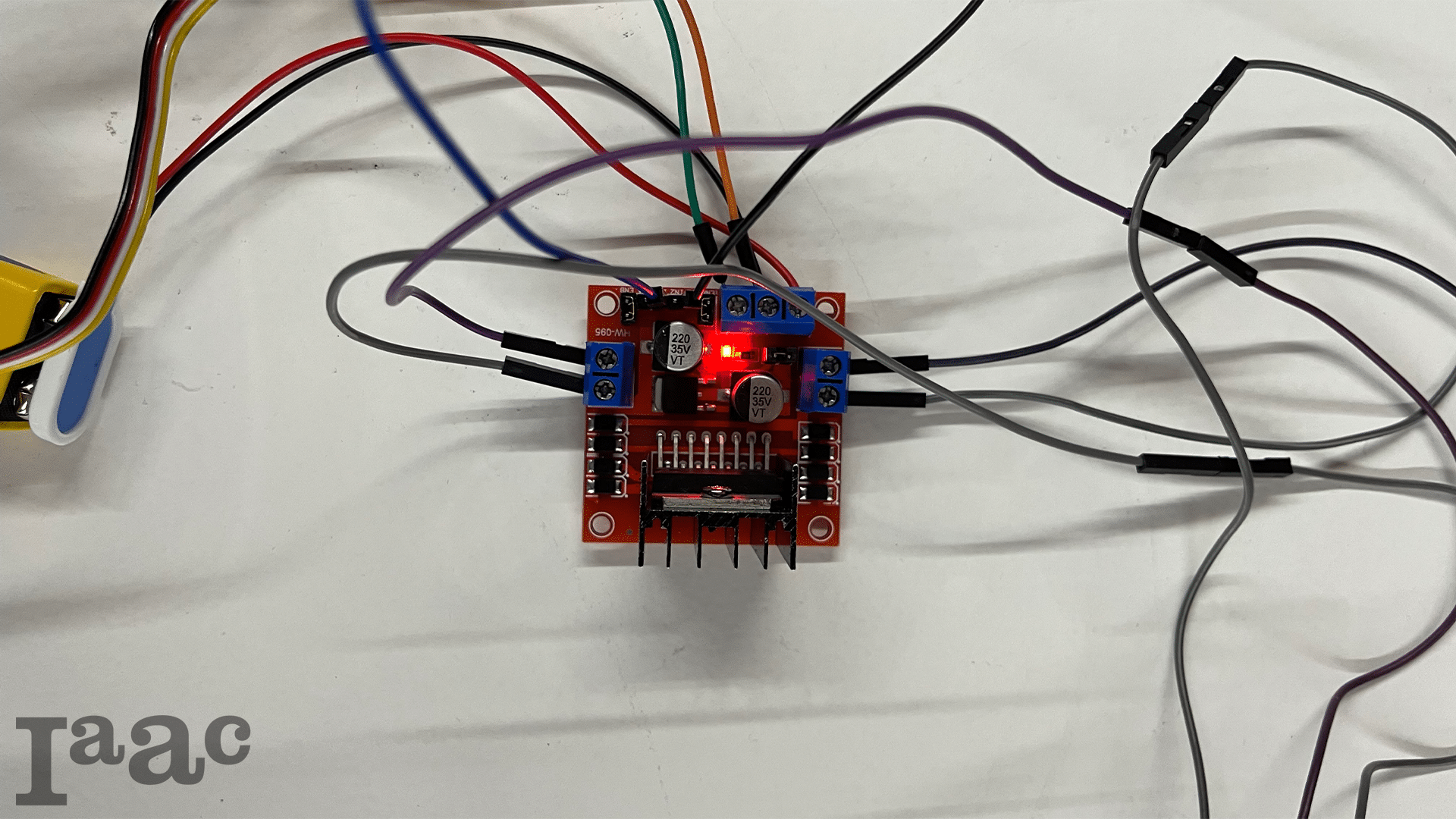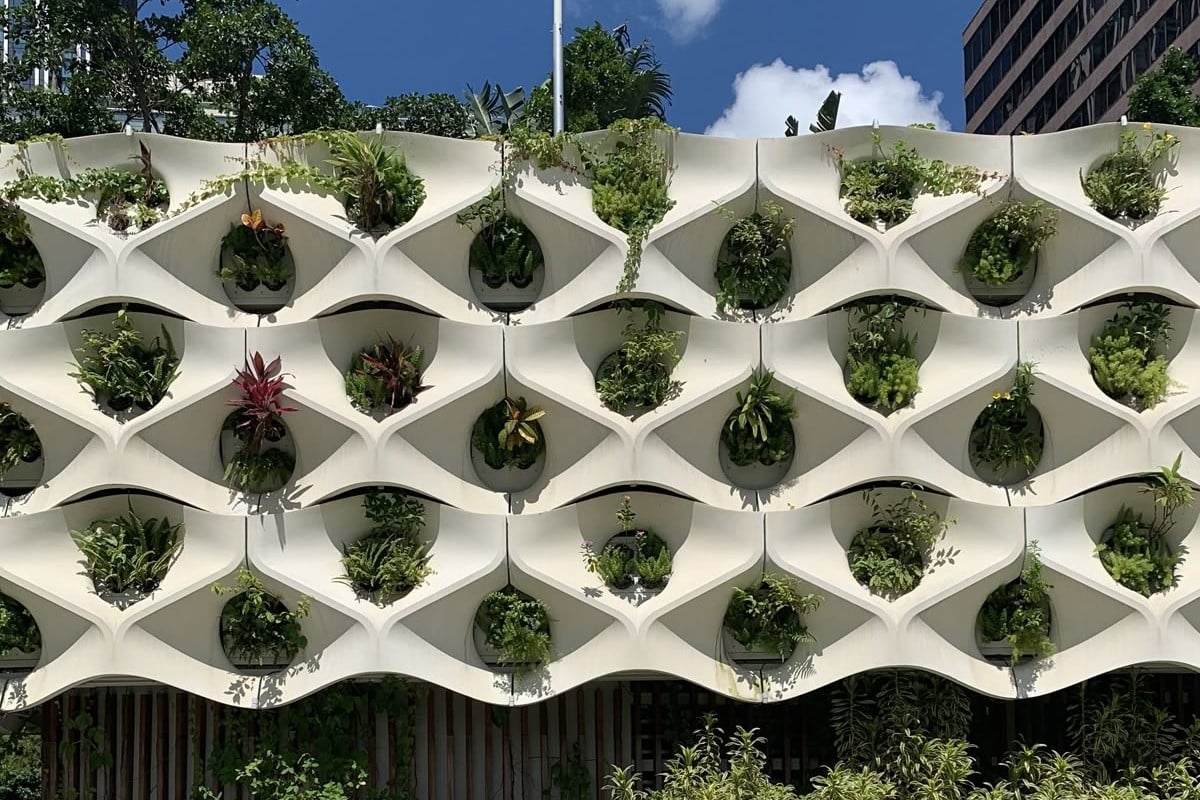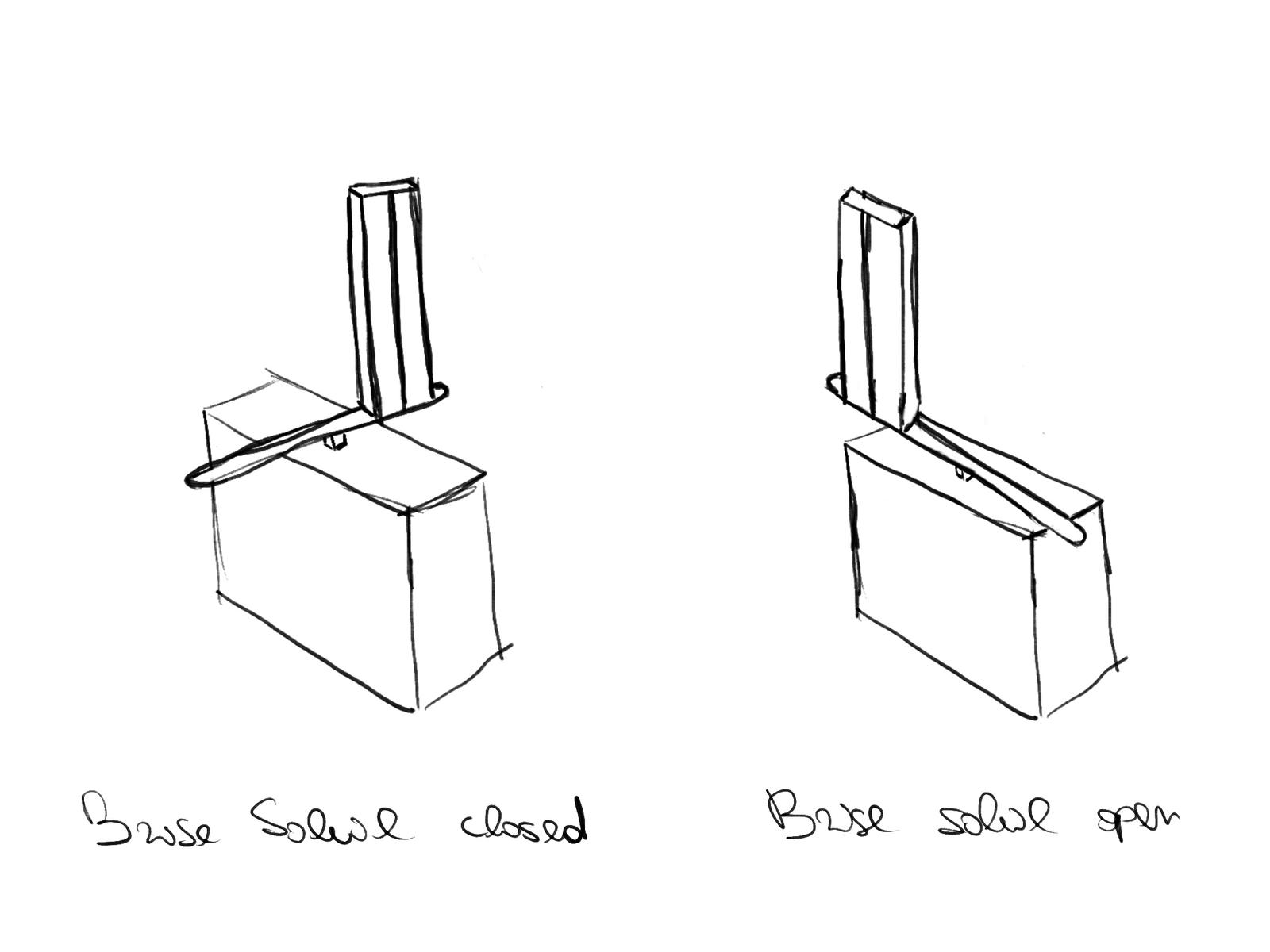Robby Road
This project explores how human motion in space may be sensed, interpreted, and recorded with physical computing. The project integrates digital sensing with spatial interaction. With three ultrasonic sensors, LEDs, a servo motor, and an OLED display, the system not only senses but also displays directional flow — i.e., whether people are coming or going … Read more

